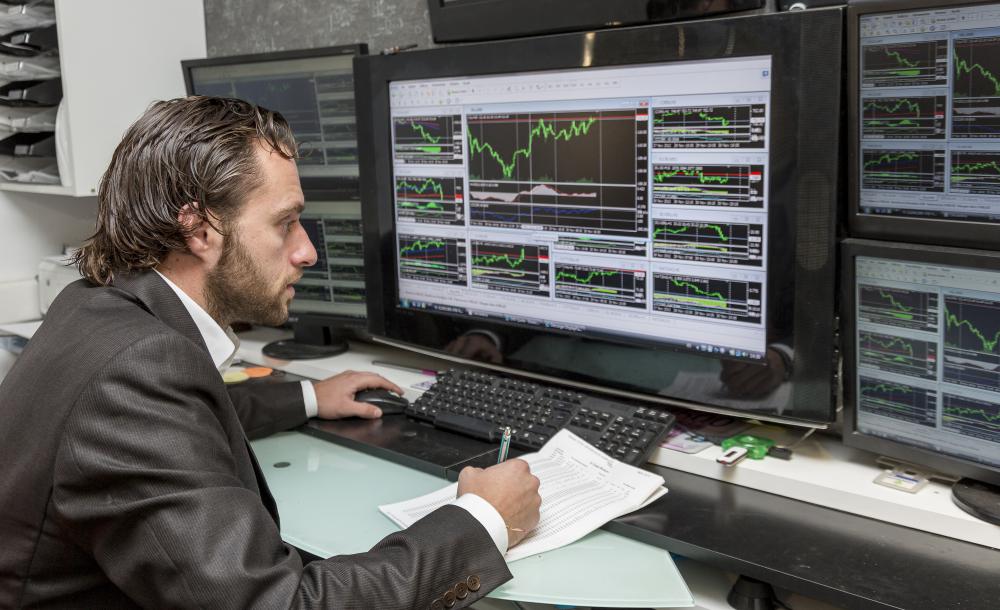At WiseGEEK, we're committed to delivering accurate, trustworthy information. Our expert-authored content is rigorously fact-checked and sourced from credible authorities. Discover how we uphold the highest standards in providing you with reliable knowledge.
What is an Echo Bubble?
An echo bubble is a situation that occurs after a main bubble in the stock market crashes. Usually after this occurs, there is a short, but temporary, post-bubble rally which takes place within a couple of days, after the crash. This rally is called an echo bubble because it is usually not as pronounced or as long as the original bubble, thus resembling an echo.
The echo bubble takes place as investors are still trying to determine what is happening with a market crash. They must answer a number of questions. Investors may ask themselves if this a temporary situation caused by the failure of one company. They may also wonder if there a knee-jerk panic reaction that is based in emotion, not good business. Investors also must consider when will the market sort itself out.

As investors grapple with these questions, the normal course of business must continue. Some, either through their own day-trading practices or perhaps through a financial adviser, may believe they see opportunity. Stocks that looked like a bad value before a crash suddenly look significantly better at a lower price. There are speculators that get involved in the buying action causing an echo bubble.
This buying action spurs stocks higher on a temporary basis because demand is increased. In a true echo bubble, however, the prices never regain what they had originally reached, at least not in the short term. When a crash takes place, there may be a period of sustained, slower growth, but this is not a bubble. This is a normal market behavior.
Post-bubble rallies nearly always happen. When the dot-com bubble collapsed in 2001, there was a brief rally, but that was not sustained. The NASDAQ, which features tech-heavy stocks, at one point peaked at more than 5,000 points. It quickly fell to a level of around 3,500 then rebounded back to more than 4,000.
In October 2002, NASDAQ bottomed out at 1,110 points. Between March 2001 and October 2002, there were major losses, and not so many gains, thus all becoming echo bubbles. Since that time the NASDAQ has slowly began to rebuild, though not nearly at the rate it had done so during the bubble years.
An echo bubble is generally fairly easy to see. It has a definite starting point right after a major loss in the market, followed by an ending point where the loss will almost be equal to the echo bubble's gain, though it may be more or less. While the NASDAQ, during the dot-com bubble, provides a good example, all other markets can also have post-bubble rallies.
AS FEATURED ON:
AS FEATURED ON:











Discuss this Article
Post your comments